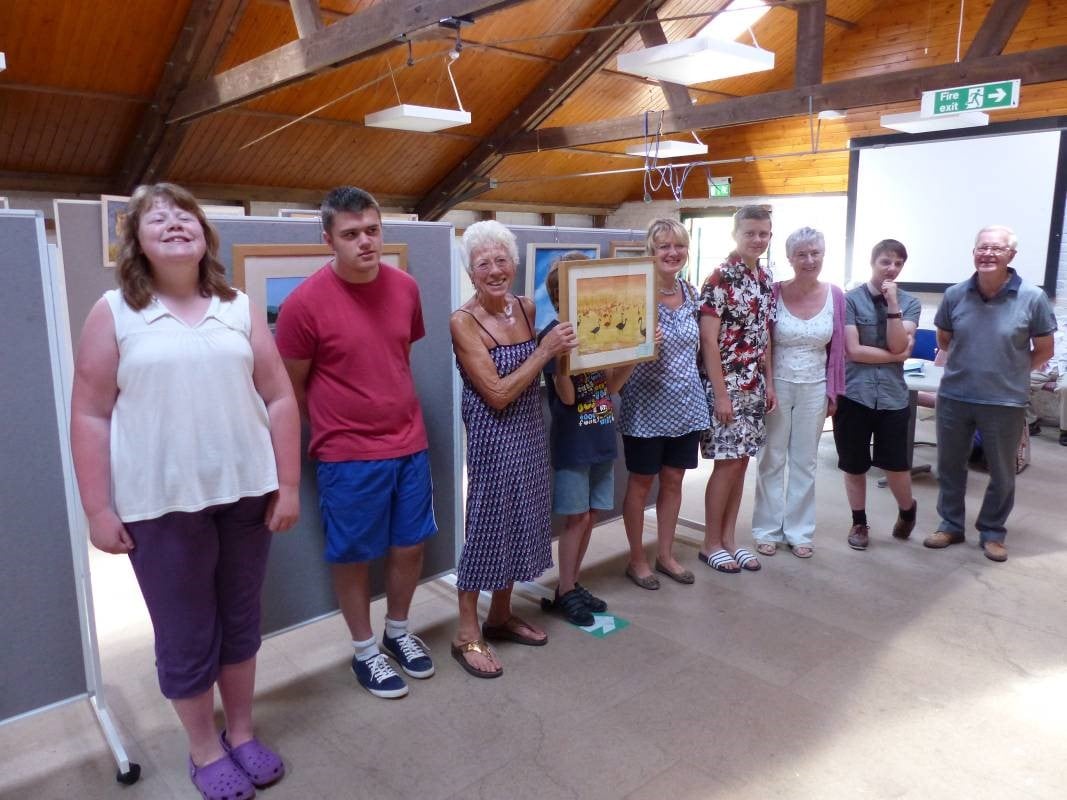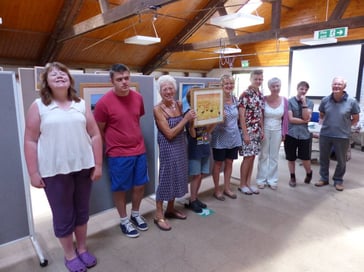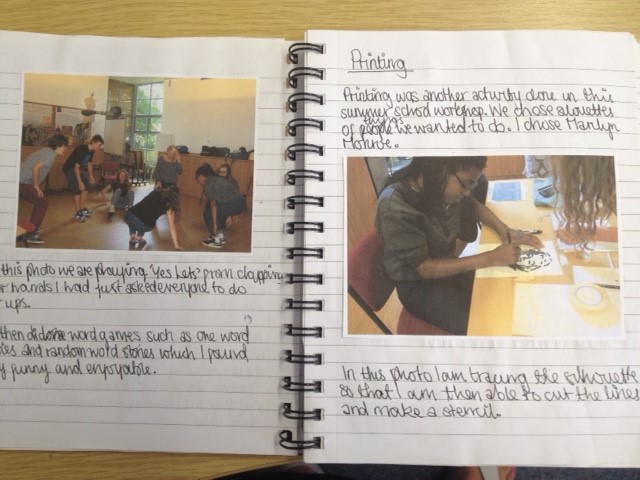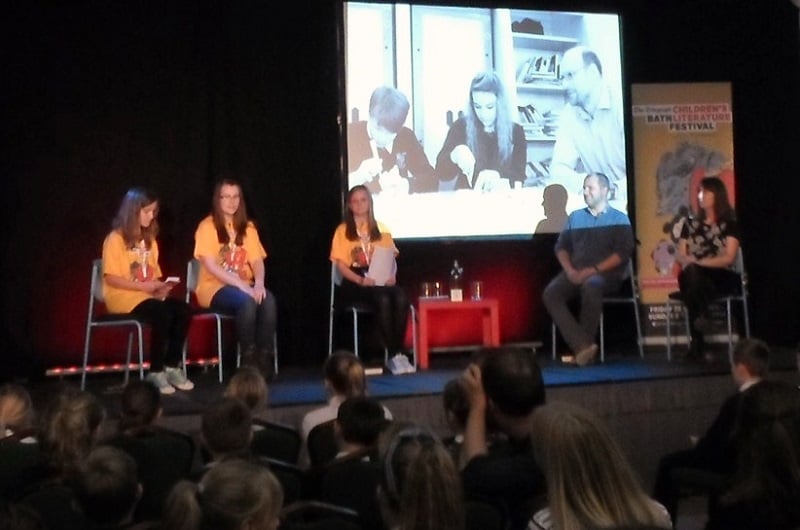
Case Study: Bursledon Brickworks
BY: Guest Writer
21 Jan 2015
Bursledon Brickworks is the only remaining stream driven brickworks in Britain, built in 1897. They are housed in the original factory building which still has the machinery and tools used in the Victorian era. They offer workshops for schools and groups to get hands on with artefacts, clay, and traditional brick making.
This was the first Arts Award project at the museum and was funded by Artswork, the South East Bridge organisation.
Approach
The project began with a visit by 5 young people aged 13 – 16 from a local youth group. The Friday Night Project is for young people with autism, ADHD, and other neurological conditions.
The group visited with a support worker and were given a tour by Education Officer Lyn Gallagher. After the tour, the group were asked what kind of arts activities they would like to do at the museum. They were interested in photography but the museum also wanted to give them the chance to work with clay on a scale they had not experienced before.
Lyn took the young people’s ideas and developed them into a summer holiday project based on the Bronze Arts Award framework, which the group were keen to take part in.
Through careful planning the project ran for two and a half intensive days at the Museum. 
For Part B the young people were able experience an exhibition of art works by Winchester Art Club that was on display at the museum, and were able to meet the artists involved. The young people then shared their thoughts with the rest of the group.
For Part C each young person chose their favourite art work and talked to the artist, learning about them and their work. They also had the chance to have their photograph taken with the artist and their art work.
The museum also has an exhibition of photographs by Steve Betts LRPS and the young people looked at his intense photographs of machinery parts, taken from unusual angles. Lyn arranged a conference all with Steve Betts and each young person asked a question that was relevant to their interest in his work. For example, a young woman with a particular interest in detail asked about the date and time an image was taken. She felt it was stormy and dark.
For Part A the group were shown how to use digital cameras and went around the museum taking their own photographs, using what they had learned from looking at Steve Bett’s work and talking to him.
Their final activity of the day was to look at their pictures and choose their three favourite photographs for printing. They chose names for their pictures and explained why they had chosen them.
The following day the group returned to the museum and took part in a clay workshop during which they could either create a 3D model of their photographs or, if they preferred, make something else inspired by the museum. This added to their photographic experience for Part A.
For Part D each young person chose a skill to share with the rest of the group. They were given the option of choosing photography, working with clay or another creative activity they enjoyed. The sharing was done outside and the less confident member of the group was supported in sharing her skill – until she found the explanation being given was wrong, at which point she took over!
The final day of the project was an exhibition of the young people’s work at the weekend. The young people’s families/carers were invited, and the exhibition was also open to the public. The young people talked about their experiences and their work.
The evidence for their Arts Award was recorded in their log books. The adviser took lots of photographs of the group during workshops and exhibitions for them to include in their logs, and they also collected the literature from the exhibitions.
Impact
All the young people developed their arts skills through the project, learning to look at photography in very different ways. Although they had done some clay modelling on a small scale before the young people were also able to work with big chunks of clay if they wanted, making models that were fired. One young man made a large model of the Titanic!
The young people’s confidence also developed, particularly through the skills share and talking about their work at the exhibition. The phone interview meant that the young people had to speak loudly enough to be heard in a  conference call, which was challenging for some of the shyer members of the group, but they all asked their questions.
conference call, which was challenging for some of the shyer members of the group, but they all asked their questions.
The museum and young people have continued to work together since the project. Plans are being made for a summer project in 2015 that will help the group develop their skills further.
Comments
When talking about what they had enjoyed, a young man with ADHD said the clay workshop. The rest of the group had also enjoyed him enjoying the workshop `because he was quiet while he was doing it!’
`These young people find school challenging so it has been a privilege to help them gain a valuable qualification with the Arts Award. This project was my first Arts Award and it was daunting as the moderation date approached but I was surprised and relieved at how well it went. I feel much more confident now and will hopefully be running Arts Award projects every year at the Museum.’ - Lyn Gallagher, Education Officer.
Related posts
BY: Alan Lynch
BY: Alan Lynch




Comments & Replies